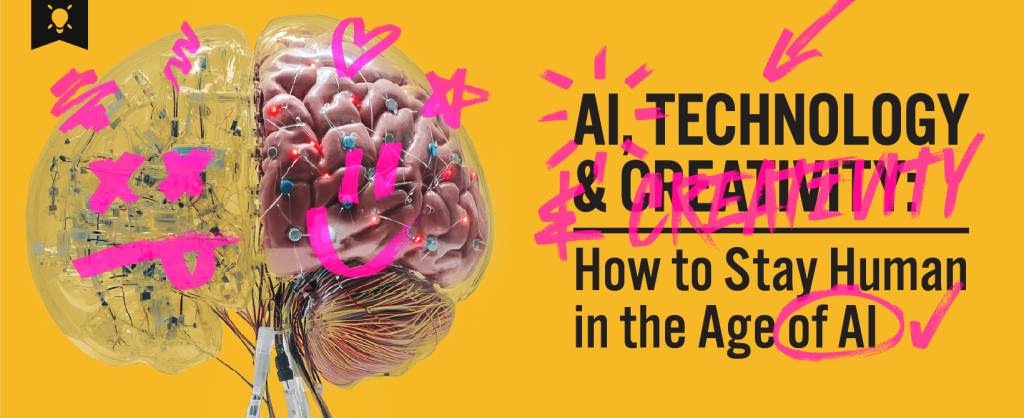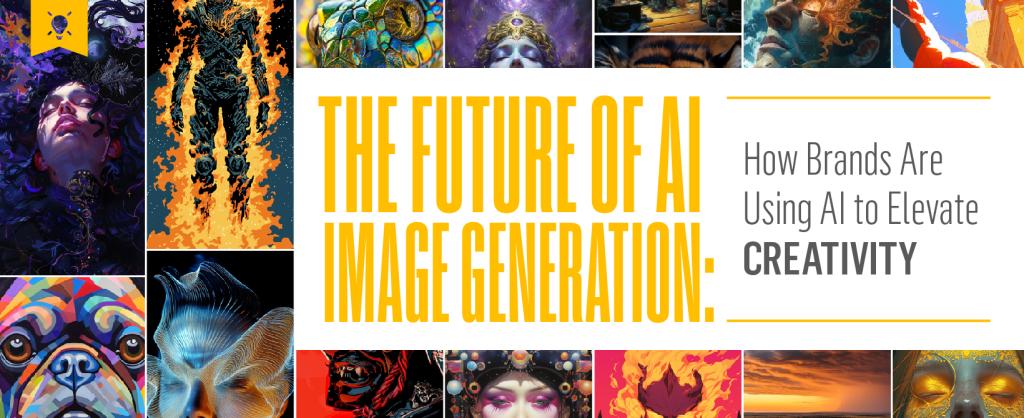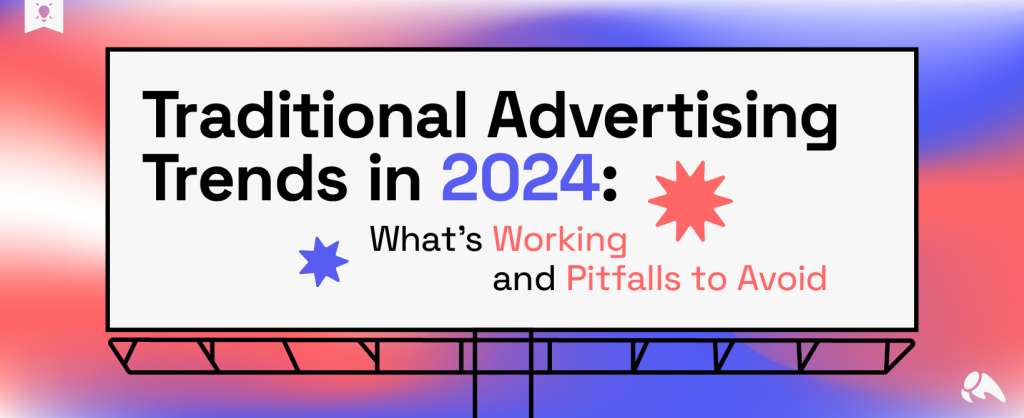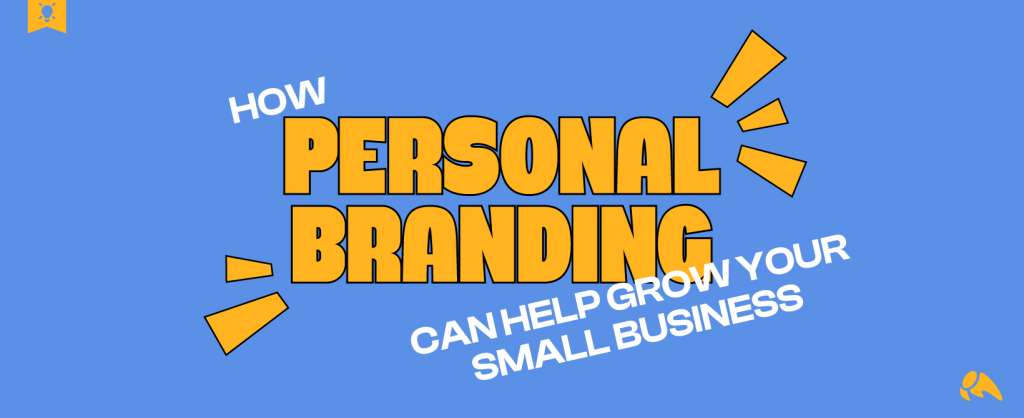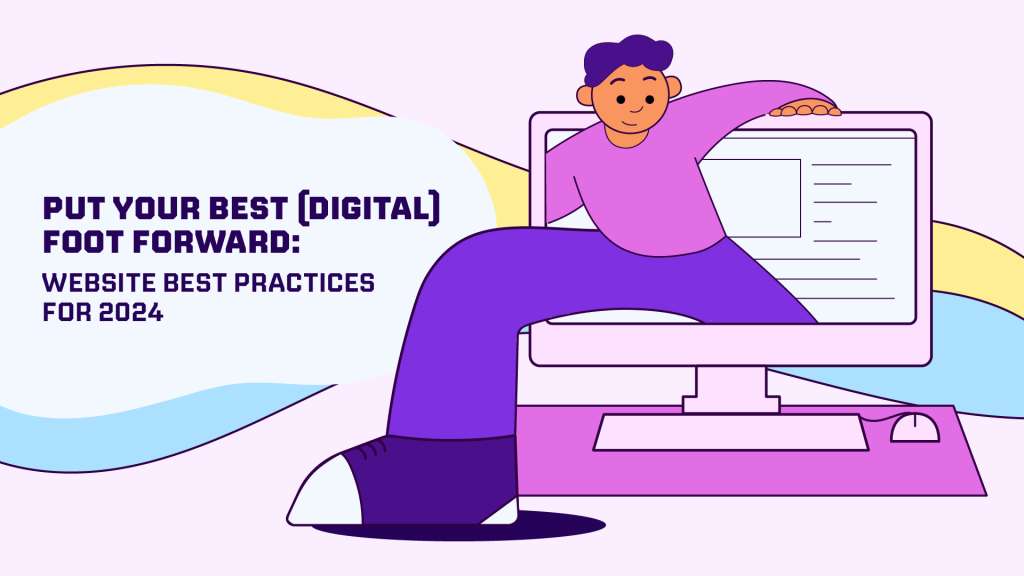So much of what we do today is done ever-so-differently than just a few years ago. Especially in the marketing world. Yesterday, we looked for new ways to interrupt our consumer. Today, we need to earn their attention via the four screens. Being there and accomplishing that? It takes building upon your marketing pie.
One thing is for sure: This isn’t your father’s digital marketing strategy. Not any more.
I won’t lie, as an integrated agency we’re excited about the growth of digital marketing and the ability for agencies like us to take campaigns not from Point A to Point B, but to do laps around the whole damn alphabet.
Where are we seeing the biggest returns for clients?
Brand Leadership
We’re using an assortment of terms to describe “brand leadership” these days. Some call it content marketing. Others use the ever-so-trendy inbound marketing. But to me, brand leadership gets to the core of everything. It’s the act of positioning your brand as a leader in your field through strategic content.
You may be doing that through your blog. Or through long-form content like resource guides or full-length ebooks. It may be webinars or social media updates. No matter the form of the content, the purpose is the same. It’s to ensure your brand is visible for the topics your customers are looking for so you’re perceived as the expert. It’s not new, it’s just effective. And there are many ways to accomplish this.
We’ve written about how to put the strategy back in content strategy and how to fine-tune your content promotion strategy. The folks at Copypress compiled a great 2013 State of Content Marketing white paper, while 97th Floor wrote their SEO’s Guide to Content Marketing that blew us away and gave us something new to think about.
The search engines like brands and so do users. What are you doing to demonstrate your leadership in your marketing?
Figure it out.
Paid Search
There’s been a lot of doom and gloom predicted in the paid search world, lately. Bryan Eisenberg declared 80 percent of PPC experts are on the verge of being replaced by an algorithm and told them to up their game. While he was doing that, Hubspot made PPC out to be marketing’s red-headed step child in a post entitled 8 Times When You Shouldn’t Feel Guilty About Using PPC.
[Personally, I have enough things to be ashamed of (my music collection, my TV habits, my obsession with mason jars…) without adding my marketing techniques to the list, but I digress. ]
I’m not sure why paid search is getting beaten up by some but we certainly don’t feel that way. In a world where brand association and top of mind are key, using paid marketing techniques like remarketing, social ads, mobile advertising and even refining “traditional” PPC advertising continue to be incredibly successful for clients.
So use them.
Instead of declaring a powerful marketing medium dead, come back to it while others are running away. Learn how to support your PPC agency and use PPC marketing to complement your SEO efforts, your public relations, your social media campaigns, etc. Because in a world where noise is louder than ever, inserting yourself as signal is smart not shame-worthy.
Video Marketing
I love this post on marketing changes from Jay Baer. Wanna know why?
This:
Video is Not Optional
You must be able to explain and inform with video. With smartphones + 4G LTE + proliferation of WiFi, the barriers to video as the primary communication conduit have been broken down. Video is easier than ever to create, and easier than ever to consume. And it will always be the most visceral and impactful content marketing modality because it touches more senses simultaneously.
Even as someone who makes a living via the written word, I can’t deny video is the most visceral way of telling a story or its effectiveness in simplifying complex ideas.
Video marketing is essential in today’s content-driven, storytelling-focus world. And not just in the form of video testimonials, unwrappings or the product demos we’re used to seeing. But in using video as true content marketing to tell your story and transcend you into something greater than yourselves.
How should you be using video?
- To simplify concepts
- To introduce ideas
- To humanize your brand
- For animation and character development
- To spark emotion
I won’t lie, when it comes to video, we’re obsessed. And we’re good at it. 😉
Public Relations
Mark Evans wrote a great post recently asking if startups really need media coverage. I don’t disagree with the premise of the article (startups do spend too much time chasing that ever-elusive TechCrunch article) but it doesn’t mean media relations isn’t an important part of your business plan.
It doesn’t matter how kick ass your product, service or brand is – if no one knows about it, you will go out of business.
Period.
End of story.
Despite what Google says.
Getting press coverage about your business, whether you do it yourself or work with an agency, can make the difference to whether you succeed or you fail. What are you doing to secure press for your brand? If you don’t have a plan, you’re already behind.
This is my first time working in an agency where we have a public relations team in-house. And it’s given me the opportunity to observe how they work, the types of headlines they earn for clients and, even better, the CONVERSIONS that take place because of those headlines. As we talk more about brand leadership and getting your brand into the natural conversations that are happening, press and media relations is a big way in how you go about doing that.
Portable Experiences
Most phones come equipped with full Web browsing capabilities. Lots of people are watching television on their sofa, not with a dog on their lap, but their tablet.
Your brand must be conducive to that level of mobile.
Design for that screen. Plan for that screen. Then go bigger. But start there because that’s how you’ll design the most user-friendly, portable experience. One where users will actually feel comfortable using and won’t have to leave the room to get their glasses.
Integration
At the beginning of this post (remember all the way back then?) I linked out to a post written by Tom Armitage, a PR manager here at Overit, about four screens in marketing. In that post, Tom talks about the integration that now has to occur in your marketing mix. It’s not enough for SEO to be doing their thing, PR theirs, and for design to be doing something entirely different.
In today’s economy, everything has to be working together. With so many touch points, the message has to be consistent. What you’re doing online must complement offline. Otherwise you’re not creating a brand message, you’re creating confusion.
That’s the difference between today’s marketing campaign and the one from yesteryear, the level of integration and diversity brands must live by.
That’s what’s exciting us. What’s exciting you?
